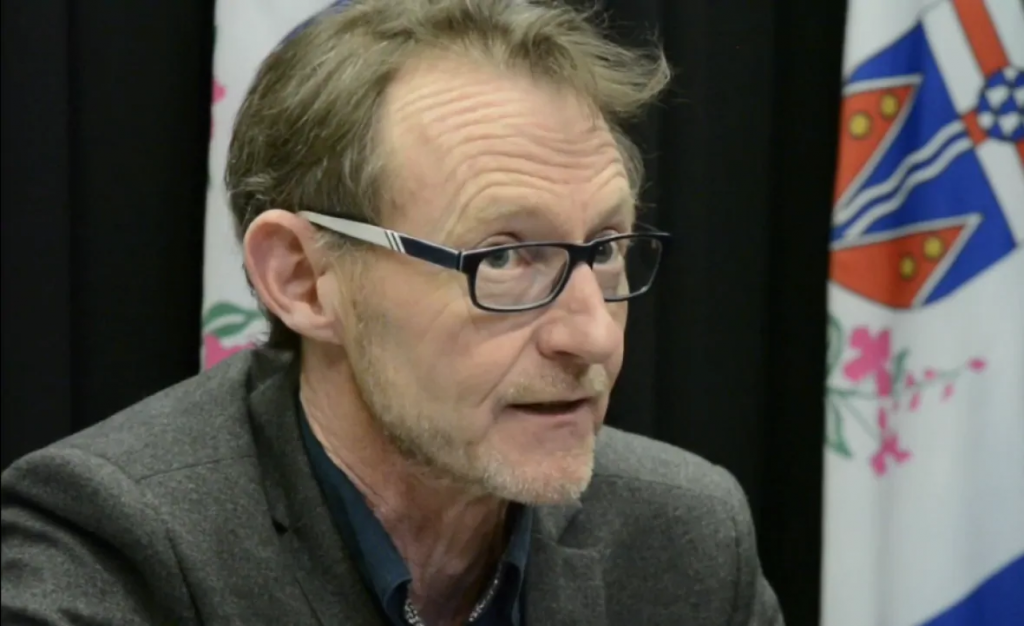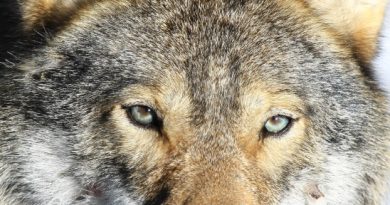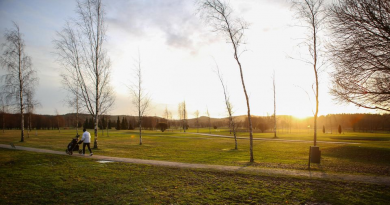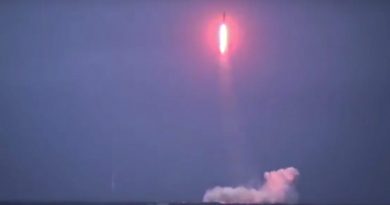As vaccination rates climb, thoughts across Canada’s North turn to reopening

To date, North has seen 900 COVID-19 cases, mostly in major outbreaks in Nunavut
In many southern provinces, 900 cases of COVID-19 could be diagnosed in a single day.
But in the territories, where small, remote communities are the norm, 900 cases of COVID-19 have had a massive impact on the daily lives of residents.
Now, as early access to COVID-19 vaccines have propelled the territories close to 70 per cent coverage, thoughts are turning to how communities will gradually reopen alongside their southern counterparts.
Since the pandemic began, just 901 cases total have been reported across the three territories.
Most are connected to isolated travellers and their families — in fact, despite its superior connections to the south and its border with the United States, Yukon has avoided any local outbreaks at all, and counted just 87 cases during the pandemic.
But the other territories have not been so lucky. In the N.W.T. and Nunavut, major outbreaks have briefly paralyzed life in a handful of communities.
The first, an outbreak in Arviat, Nunavut, began when a positive case was discovered in the fly-in regional hub of about 3,000 people on Nov. 13 of last year.
The end of the outbreak — six months, 339 cases and one death later — showed how difficult eradicating COVID-19 from often crowded, tightly knit northern communities can be.
When a similar outbreak occurred in January in Fort Liard, N.W.T., health officials there responded with a complete lockdown on social activity in the community for two weeks. The measures contained the outbreak to a cluster of just six original cases.
In general, the N.W.T. has been more assertive in its public health response to small clusters of cases, drawing criticism from some for what they view as draconian testing and isolation requirements.
More than a month on, some families are still isolating from an outbreak of COVID-19 in a Yellowknife public school on May 2, which resulted in 71 cases.
N.W.T. officials confined more than 1,000 people — out of the city’s roughly 20,000 residents — to their property for two weeks to prevent further spread.
While the harsh measures drew ample criticism online, they did prove more effective than Nunavut’s response to a local outbreak in the capital, Iqaluit, which started April 15.
Following a superspreader event at a local karaoke bar, health officials pleaded with residents to stop “visiting” — the ubiquitous northern custom of dropping by friends’ and relatives’ houses which can often be the only way to pass the time.
More than a month later, 245 people have been infected — and new cases continue to be added to the total.
When to reopen — and how?
Despite these setbacks, northerners have enjoyed relative freedom compared to their southern neighbours — they can dine at a pub, visit with friends, and, before these latest outbreaks, shop most places without donning a mask.
But those freedoms, health officials are quick to point out, come at the cost of a different kind of isolation: from the southern centres many northerners rely on, and even their neighbours in the North.
In all three territories, most travellers (and returning residents) still need to isolate for 14 days before moving freely in their community.
Nunavut even requires that this isolation happen in designated hubs in the south, where residents are subject to potentially unconstitutional searches and supervision by security staff.
That means few have travelled south to visit extended family, restock supplies at southern prices, or even just get a break from the North’s eight-month-long winter season.
Worse, communities long-connected across colonial borders, like the Inuit of the Kitimeot or the Gwich’in communities of the northwest, have been kept apart by the inconvenience of mandatory stays in isolation.
Today, the North can boast some of the highest vaccination rates in the country. In Yukon, roughly 70 per cent of residents have received two doses; in the N.W.T. and Nunavut, it’s more like 60 per cent.
But health inequality, and in particular that between the Indigenous residents of overcrowded communities and the non-Indigenous office workers of the capitals, has some health officials hesitant to end those restrictions anytime soon.
While Yukon has forged ahead by approving large gatherings and offering vaccinated visitors quarantine-free travel, health officials in the N.W.T. are still stuck on Phase 2 of its four-phase reopening plan, which is now being tossed for one more closely pegged to vaccination rates.
In Nunavut, health officials have expressed a similar desire to pin the easing of restrictions on travel on near-universal vaccine uptake across northern communities. Both territories are due to release their plans next week.
Those plans may offer some hope for a return to normal, when travel was part of a way of life for many northerners.
But there are other, hidden costs of isolation still yet to be assessed. More than a year ago, a group of Yellowknife doctors signed onto an open letter voicing concerns about the impact extended isolation could have on domestic violence, substance abuse, and financial health.
With many of the North’s most severe social issues — addiction, isolation, and overcrowding — made worse by pandemic restrictions, only time will tell what the true cost of COVID-19 has been.
Related stories from around the North:
Canada: Arctic Canadian territory of Nunavut to start vaccinating youth aged 12-17 on June 15, CBC News
Finland: Finland implements mandatory COVID-19 testing at all Lapland border crossings, Yle News
Denmark/Greenland: Greenland authorities buoyed by high demand for COVID-19 vaccine, Eye on the Arctic
Iceland: Iceland to ease quarantine facility requirements for travellers from high-risk areas on May 31, Eye on the Arctic
Norway: Norway extends border closure with Finland due to pandemic, The Independent Barents Observer
Russia: Norway closes borders over fears of virus, but exempts Russian fishermen from severely infected border region, The Independent Barents Observer
Sweden: At least 16,000 in Sweden have long COVID, Radio Sweden
United States: Alaska politicians send Trudeau letter saying they’re “shocked” over Canada’s COVID-19 cruise ship ban, Eye on the Arctic



